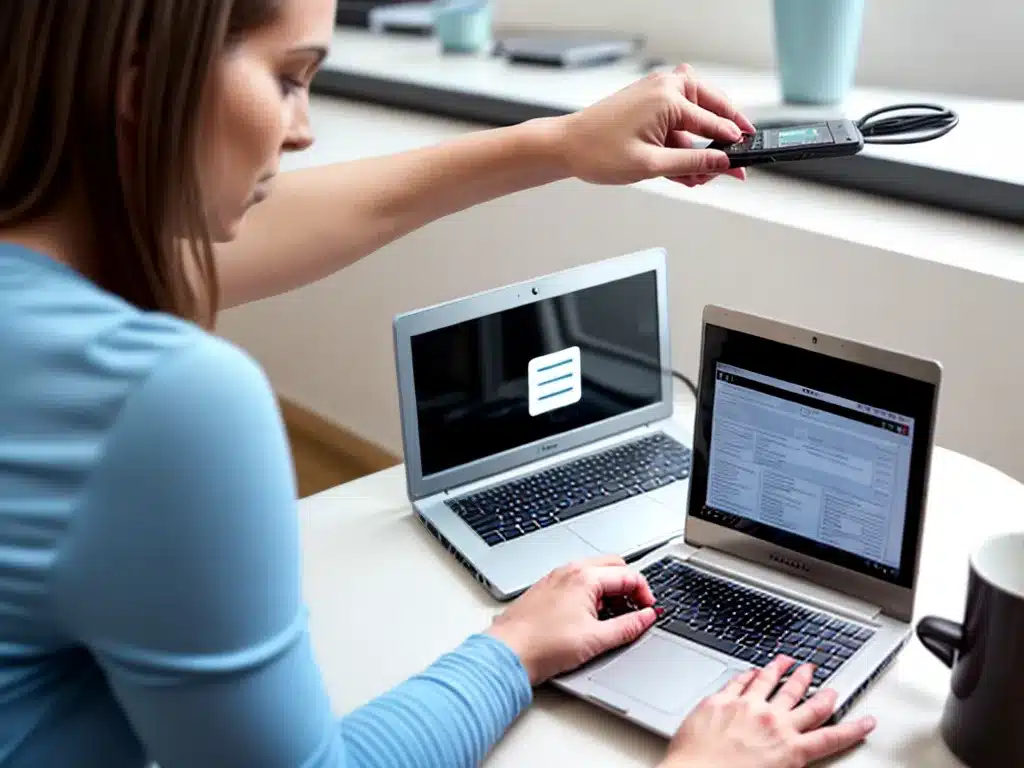
I rely on my laptop to get work done each day, so keeping the battery in good shape is essential. Through trial and error over the years, I’ve learned some useful tips for maintaining laptop battery health. Here are my top 10 suggestions:
1. Avoid fully discharging the battery
Fully discharging laptop batteries can damage their overall capacity and lifespan. Lithium-ion batteries last longer when you keep them above 20% charge as much as possible. I try not to let my laptop battery discharge below 30% too often.
2. Don’t leave the laptop plugged in all the time
While it’s convenient to use a laptop plugged in, keeping it on charger whenever it’s in use can cause the battery to overcharge. This excessive charge and discharge strains the battery over time. I make sure to use my laptop on battery power at least occasionally.
3. Store the laptop with 40-50% charge
Storing a laptop for extended periods at full charge can accelerate capacity loss. It’s best to power it down to around 40-50% charge before storage. I check the charge level before packing my laptop away for a trip.
4. Avoid hot environments
Heat degrades lithium-ion batteries faster. Using a laptop on soft surfaces like beds or sofas can block cooling vents and cause overheating. I make sure my laptop is on a hard, flat surface and avoid putting it directly on my lap.
5. Update software and drivers
Outdated device drivers and power management software can drain the battery faster. I check for OS and firmware updates regularly to optimize battery performance. Updating the graphics card drivers often helps as well.
6. Close unused apps and browser tabs
Applications running in the background, even when minimized, use CPU and RAM which requires more battery power. I close any apps I’m not actively using and browser tabs I don’t need. This helps conserve charge.
7. Adjust display and keyboard backlight
Display brightness and backlit keyboards are among the biggest battery drains. I turn down the screen brightness to around 40% and disable keyboard backlights when unneeded. Auto-adjust display brightness is also helpful.
8. Use battery saver mode
Most laptops have a battery saving mode that manages performance and background activity to preserve charge. I enable this mode once the battery falls below 50% to make it last longer between charges.
9. Replace the battery every 2-3 years
Lithium-ion batteries degrade over time even with proper care. I proactively replace my laptop battery every 2-3 years to maintain good battery life. Brand name replacement batteries often perform better.
10. Perform battery calibration
Battery calibration re-syncs the laptop’s battery meter with the true remaining capacity. I do this every few months by fully charging, discharging, and recharging the battery to keep the gauge accurate.
Being mindful of these tips has really helped extend the usable lifespan of my laptop batteries over the years. A few good practices go a long way in keeping batteries healthy and functional for as long as possible. Proper battery care saves money and prevents disruptions to my workflow from dead batteries.












